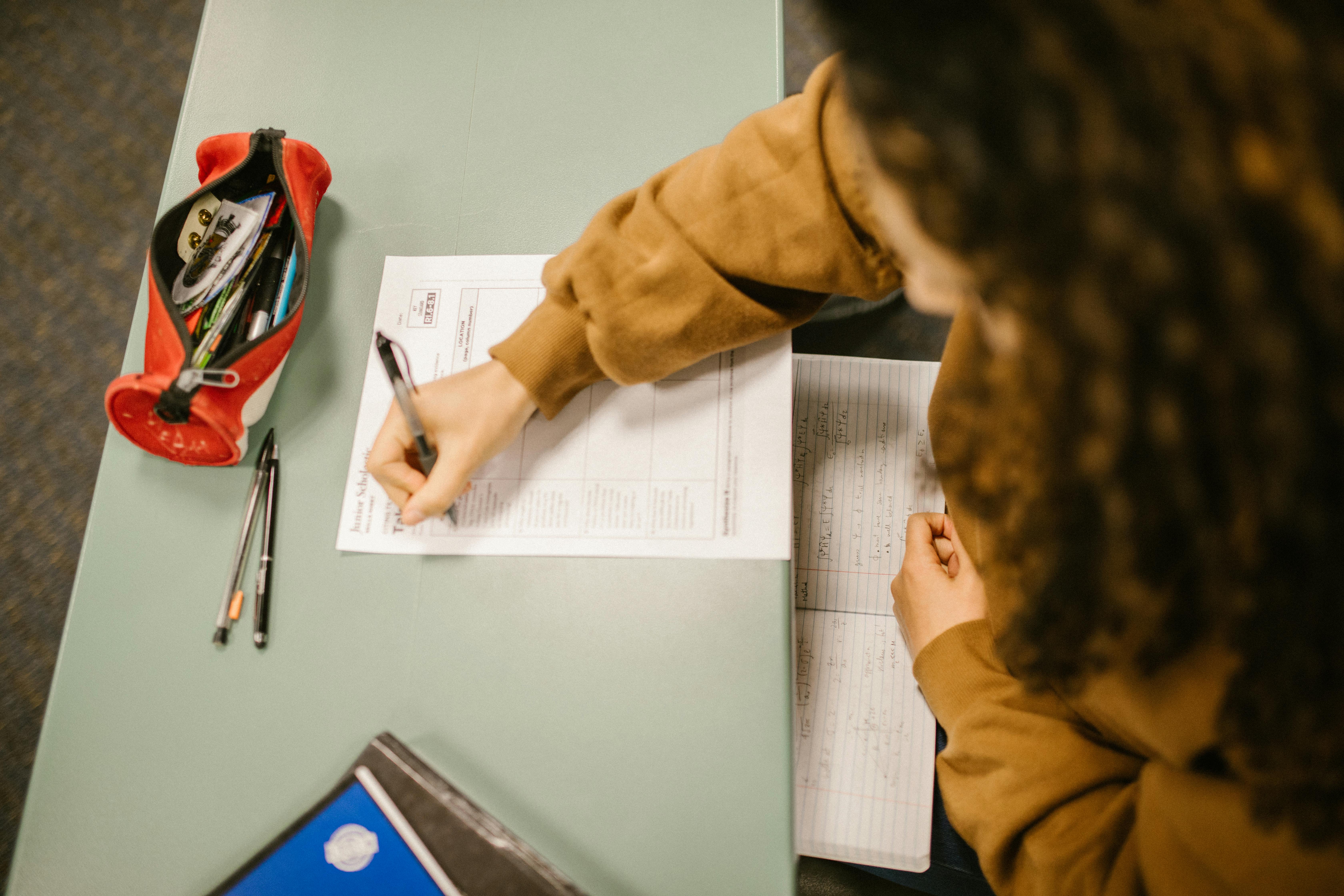Distilling ethanol is a process used to separate and purify ethanol from other substances. This process can be done in a home setting with the right equipment and safety precautions taken. The distillation of ethanol involves heating a liquid containing ethanol to its boiling point, and then condensing the resulting vapors back into a liquid form. This article will outline the steps needed to distill ethanol in your home.Ethanol is a colourless, flammable liquid with a distinct odour. It is a type of alcohol, and is commonly used as a fuel, solvent and antiseptic. Ethanol is also known as ethyl alcohol, grain alcohol or alcohol.
Distillation
Distillation is a process used to separate the components of a mixture, or solution, into its individual parts. It works by heating the mixture until the components have different boiling points. The vaporized components are then cooled and condensed back into liquid form. Distillation is often used to purify liquids, such as water, alcohol, and essential oils. It can also be used to create concentrated forms of liquids, like fuel or alcohol for consumption. Distillation is an important part of many industries, including chemical manufacturing, food processing, and pharmaceutical production.
Equipment Needed to Distill Ethanol
Distilling ethanol requires the use of specific equipment that is designed to handle high temperatures and pressures. The most important piece of equipment is a still, which can be either a pot still or a column still. In either case, the still needs to be designed with an inlet for the ethanol-containing liquid, as well as an outlet for the distilled product. Additionally, a thermometer and a condenser are needed to measure the temperature and cool the vapors during distillation. Other equipment such as pumps, pressure valves, and safety valves may also be required.
An important part of distilling ethanol is controlling the temperature and pressure of the system. A heating element can be used to heat up the liquid before it enters the still, while a cooling system is necessary for removing heat from inside the still during distillation. In addition, there needs to be some way to measure and control the temperature and pressure of the system throughout the process. Finally, depending on what type of still is being used, some sort of fractionalizing column may also be necessary in order to separate different components from each other during distillation.
Steps Involved in the Distillation Process
Distillation is a process used to separate and purify liquids by heating them and condensing the resulting vapors. It is one of the oldest and most widely used methods of chemical separation. The process involves several steps, including boiling, condensation, and collection of the desired product.
The first step is to boil the mixture. This produces vapor that carries the components of the mixture with it. The vapor is then condensed back into a liquid in a condenser, where it can be collected. This liquid contains the desired components of the mixture, which can then be separated further if necessary.
The next step is to collect the desired product from the condensate. This may involve running it through a filter or using other methods such as distillation columns or fractionation towers to separate out different components of the mixture with different boiling points or densities. Once this step is complete, the desired product can be collected in its pure form.
The final step in distillation is to purify and clean up any residual materials left behind from earlier stages of distillation before storing or using them for other purposes. This
Preparing the Mixture for Distillation
The preparation of the mixture for distillation is an important step in the process. It involves ensuring that the composition of the mixture is correct and that there are no contaminants present. The first step is to mix all the components together, either manually or through an automated system, until a homogenous mixture is obtained. Once this has been achieved, it is then necessary to check that all components have been added correctly and that no impurities are present. If any impurities are found, they should be removed before distillation can take place.
Next, any excess solvents should be evaporated from the mixture. This can be done by heating the mixture at a low temperature or by using vacuum evaporation techniques. It is important to note that if too much solvent is evaporated, it can affect the quality of the distillate. Once this has been done, it is then necessary to check and adjust the pH of the mixture if required in order to ensure optimal results during distillation. Finally, it may be necessary to filter or centrifuge the mixture in order to remove any particulates which may have

Distillation Heating Process
Distillation is a process of separating components in a liquid mixture by heating the mixture to its boiling point and then condensing the vapor to form the purified components. This process can be used to separate liquids from solids, as well as different types of liquids. In distillation, heat is applied to a mixture of liquids and solids in order to boil off the components that are most volatile. The vapors produced by this process are collected and cooled so that they can be condensed back into a liquid form. This allows for the separation of different components in the mixture, as each component has its own boiling point. The temperature at which each component boils off is determined by its volatility relative to other components in the mixture.
The distillation process requires several stages of heating and cooling in order to achieve complete separation of components. In each stage, a certain temperature range must be maintained in order for the desired components to evaporate off from the mixture. Once this temperature range is achieved, the vapors produced are collected and cooled so that they can be condensed back into their liquid form. This process repeats until all desired components have been separated from one another.
Collecting the Distillate from the Still
Collecting the distillate from a still is an important process in the distillation process. The distillate, also known as the product of the distillation, is collected and stored for further use. The still must be properly set up to ensure that all of the product is collected efficiently and safely. A variety of components are used in this process, including a collection vessel, condenser, hoses, valves, and other necessary parts.
The collection vessel is where the distillate is collected. It is typically made of stainless steel or copper and has an outlet at the bottom for easy draining and collecting of the product. A condenser is used to cool down and condense any vaporized liquid that may have been produced during the distillation process. Hoses are then connected to both the collection vessel and condenser to carry the coolant and liquid through them. Valves are also used to control and regulate the flow of liquid through these hoses.
Once all of these components are properly set up, it’s time to begin collecting the distillate
Testing and Filtering the Collected Distillate
Testing and filtering the collected distillate is an important step in ensuring a high-quality product is produced. Before the distillate is used for its intended purpose, it must be tested for contaminants, such as bacteria, viruses, and other impurities. Additionally, the distillate must be filtered to remove any solids or other particles that could cause issues when used. After testing and filtering, the distillate can then be safely used in a variety of applications.
Testing of collected distillates typically involves a variety of methods such as gas chromatography or mass spectrometry to determine if any contaminants are present. These methods are usually quite accurate and can detect even trace amounts of contaminants that may be present in the distillate. If any contaminants are detected, then the collected distillate must be discarded before it can be used for its intended purpose.
Once any contaminants have been removed from the collected distillate, it must be filtered to ensure that no solids or other particles are present that could cause issues when using the product. This typically involves passing the

Conclusion
Distilling ethanol is a complex process that requires knowledge and expertise. It is important to be aware of the safety precautions to take when distilling alcohol. Understanding the equipment needed, the types of ethanol available, and the different methods of distillation is essential in producing a high-quality product. With careful attention to safety and proper technique, it is possible to produce a quality product that can be used in many different applications.
Distilling ethanol is an exciting process that has been used for centuries to produce various beverages and other products. With the right knowledge and skill, anyone can learn how to distill ethanol and create their own unique products. By taking the time to learn how to properly distill alcohol, one can ensure that their efforts will yield a high-quality product that can be used in many different applications.

